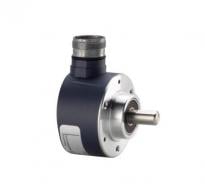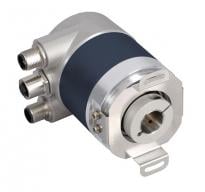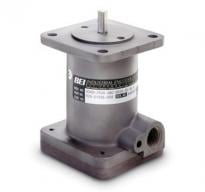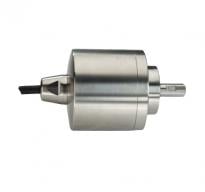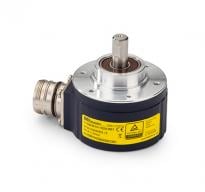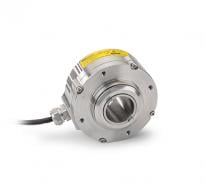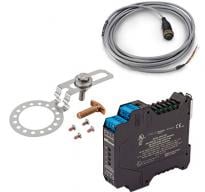Optical encoders provide the most precise outputs using a coded disk, which produces a series of square waves, and are preferred in most industrial environments. They are able to provide feedback that allows precise speed control and positioning, and some are rated for more hazardous applications, such as elevators, packaging and printing, and general purpose industrial motors.
Magnetic encoders use a magnet and an integrated circuit (IC) to translate the signal, emulating an optical encoder signal so it is usable by a controller. This technology is better at handling very high temperatures and environments with extreme shock and vibration. These encoders tend to have fewer resolution options and lower precision than their optical counterparts and can be more susceptible to environmental magnetic interference. Ideal applications for magnetic encoders include wind energy, tree harvesting, traction motors for rail equipment, and pavement profiling.

